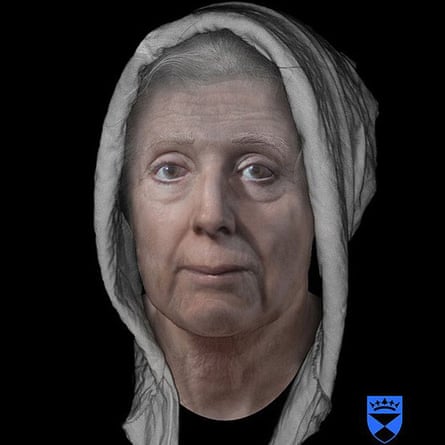It spanned more than a century and a half, and resulted in about 2,500 people – the vast majority of them women – being burned at the stake, usually after prolonged torture. Remarkably, one of the driving forces behind Scotland’s “satanic panic” was no less than the king, James VI, whose treatise, Daemonologie, may have inspired the three witches in Shakespeare’s Macbeth.
Now, almost 300 years after the Witchcraft Act was repealed, a campaign has been launched for a pardon for those convicted, an apology to all those accused and a national memorial to be created.
“There should be an acknowledgement that what happened to these women was a terrible miscarriage of justice,” Claire Mitchell QC, the campaign’s founder, told the Observer. She pointed out that in Salem, the Massachusetts town where a series of infamous witchcraft trials took place in the 1690s, a formal apology for the 200 accused and 20 executed was issued in 1957. In Scotland – where 3,837 people were accused, two-thirds of whom are believed to have been put to death – there has been no such recognition.
“In Princes Street Gardens in Edinburgh, there are monuments to all sorts of men on horseback, and even a full-size statue of a named bear. But there is nothing to commemorate the hundreds, if not thousands, who died as a result of one of the most horrible miscarriages of justice in Scottish history,” Mitchell said.

A plaque at the Witches Well at Edinburgh Castle marks the spot where more than 300 women were burned at the stake. But, said Mitchell, “it’s not a commemoration, not a memorial, not an apology”.
Support for an acknowledgement of the injustices of the Witchcraft Act, in force between 1563 and 1736, is growing. Last weekend, three plaques commemorating 380 executed women from the communities of Culross, Torryburn and Valleyfield were unveiled on the Fife coastal path at an event organised by Remembering the Accused Witches of Scotland.
An online conference is planned for November, and a podcast will be launched in the coming weeks. An application to the Scottish parliament’s justice committee for a pardon for those executed is expected to be lodged next year.
Mitchell said she “always had an interest in Scottish history but felt a growing disquiet about the lack of female visibility in public spaces”. As a lawyer who mainly handles miscarriage of justice cases, “I thought it would be a good idea if I tried to harness what I know from my day job to bring more public awareness and recognition to what happened to women convicted as witches”.
There was precedent for pardons, she added. In 2017, thousands of men convicted of offences under laws that criminalised homosexuality were pardoned under a new law passed by the UK parliament.
Those arrested under the Witchcraft Act were usually tortured into making confessions. Women, who made up 84% of the accused, were not permitted to give evidence at their own trials. Those convicted were strangled and burned at the stake so there was no body to bury.
According to Mitchell, accusations of witchcraft were four times higher in Scotland than elsewhere, and “they cut across society, from members of the nobility to paupers and vagrants”. Those interrogated were urged to identify other “witches” among their neighbours and relatives. “People were terrified of finding themselves accused of being a witch.”

In Culross, a tiny village on the Firth of Forth, 32 women were accused and executed at the height of the witch hunts. A couple of miles away, in Torryburn, Lilias Adie “confessed” to witchcraft and fornicating with the devil in 1704, and died before trial. Her body was buried in a wooden box under a huge slab on Torryburn beach.
More than a century later, grave robbers opened the grave and took her remains. Her skull went on display at Glasgow’s Empire Exhibition in 1938 and then disappeared, but a reconstruction of Adie’s face was created two years ago from early 20th-century photographs.
James VI – later James I of England – became obsessed with witchcraft after the execution of his mother, Mary Queen of Scots, in 1587. He blamed a violent storm when sailing back from Denmark with his new wife, Anne, on evil spells and ordered a vicious witch hunt.
Macbeth, thought to be first performed at court in 1606, three years after James became king of England, catered to the new monarch’s witch obsession. It was another 130 years before the law was changed and the executions ended.
“It was an incredibly sad period in the history of women,” said Mitchell. “These women were voiceless, unable even to speak in their own defence. We need to publicly recognise the terrible wrong done to them.”
